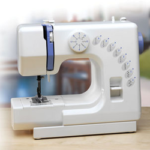How to perform flatlock (flat seam) on a regular overlock
In fact, the real flat seam is performed on spreader. This is a completely different type of sewing stitch, and the method of its formation differs significantly from the usual obmetochnoy. In some overlock models, you can find the flatlock function, which allows you to perform a line that only resembles a full flat seam in appearance. A real stitching stitch, as well as an obmetochny stitch, is also available on the coverlocks. But such universal devices are quite expensive, so they are not accessible to everyone. And for rare home use, buying such equipment does not make sense. In this case, imitation of a flat seam on an overlock is a good alternative.
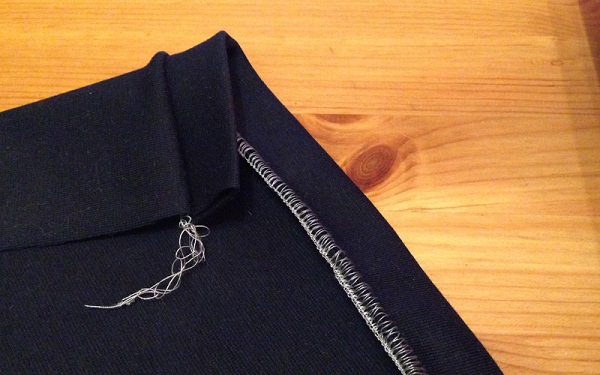
Content
Threads and material for flat seam
Thread spools used for flat joints should not be small. For example, for processing one T-shirt you will need about 3 medium-sized bobbins (200 meters each). Depending on the capabilities of the sewing equipment, the seam flatlock on overlock maybe two or three-strand, but the first option is more popular, most likely because of the savings.
As for the thickness of the thread, it is best to choose thin polyester optionswhile they should be smooth, elastic and durable. Such threads will allow you to make a high-quality connection without skipping stitches, and it will be easier for the equipment to work. Cotton threads of 40-45 numbers, standard for household sewing machines, will not work for flatlock. When the seam is stretched, such threads may break, and also during the wear process they tend to be torn. Such a seam will look sloppy.
As for the type of material, any fabric can be used here, although initially such a seam was designed specifically for knitwear.
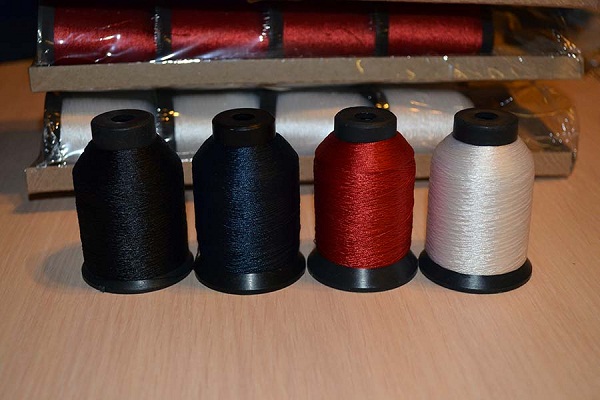
Thin and strong polyester threads №60
What is a differential conveyor
The flat connection is inextricably linked with this part of the sewing equipment: the overlock has such a part. This is special rake with two legs. During work, they either stretch the material or stretch it. Their work resembles the implementation of seams on ordinary household machines, when the master then pushes the material under the foot with his hands, then stretches it.
Such a function provides the highest quality compound for knitted and other "weaving" types of fabric. Due to the compression of the material under the foot, the stitches are tensile and durable. And if you stretch the fabric, you can achieve a decorative effect when a wavy edge is formed.
The differential rail control is located on the instrument housing. In the neutral position, it works as a whole, the positive numbers are the modes of stretching the fabric, the negative ones are the tightening.
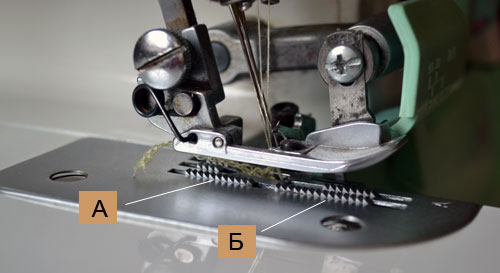
What is meant by imitation of a flat seam
To perform Flatlock, you must first properly configure the equipment. The tension of the thread of the lower looper increases to a maximum, and the tension of the needle thread, on the contrary, is weakened.
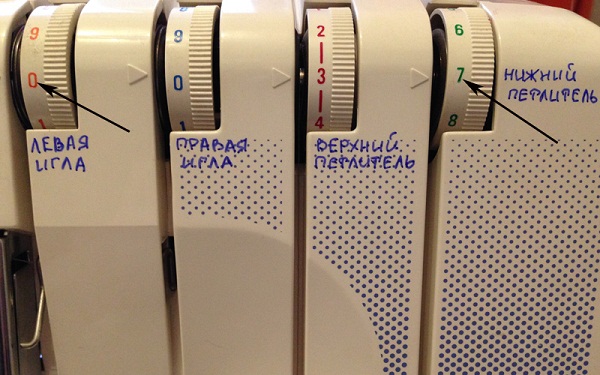
If the sewing stitch is used for the thread-connecting of two layers of fabric, then at the turn at the junction of the cut, a Flatlock stitch will be formed. Imitation of such a line on overlocks can be made of different widths. For this, certain needles are used. In the case of involvement in the work of the right - flat seam to get narrow, if the connection made the left needle - wide.
It should be noted that an additional foot is needed to perform a flat seam on the overlock. Perhaps it is already in the basic configuration of your typewriter, if not - you need to purchase it.

Instructions for making a flat seam on overlock
Flatlock is useful for owners of overlockers who want to achieve a decorative effect, as well as sew knitted clothes: this method of processing is suitable for hemming of the bottom and sleeves, processing cuts of thin parts. So, how to make a simulated flat seam on overlock?
- Disable overlock knife. In older models, this is done by pushing it to the left side and turning it up, in modern devices it simply goes down.
- Installation of a special foot designed for a flat seam (not always available in the basic set of the device).Adjust the thread tension in the looper and needle.
- Before making a flat connection, the hem should be ironed, and it is better to additionally sweep, and the line should be protruding beyond the fold.
- The second bending is done. For this, the wrapper part is wrapped on the wrong side and ironed again. In the process, the overlock should process three layers of fabric at once.
As a result, the received flat seam from the front side will resemble a real sewing stitch. To give it a beautiful view, it should be ironed.
If you want to perform grinding parts with such a seam, the actions will be as follows.
- Turning off the knife, setting foot and performing all the necessary settings for Flatlock.
- The prepared parts are folded inside out.
- They are connected by a flat seam on the front side.
- Unfold in hand.
- To give a flat look, the resulting seam is ironed carefully.
It is not difficult to perform a flat seam on a conventional overlock - the main thing is to correctly set up the preliminary settings. All information on the tension of the thread can be found in the instructions for the device. Of course, such a stitch has little in common with a real sewing stitch.But as a podgib treatment at home is fine.

/rating_off.png)






